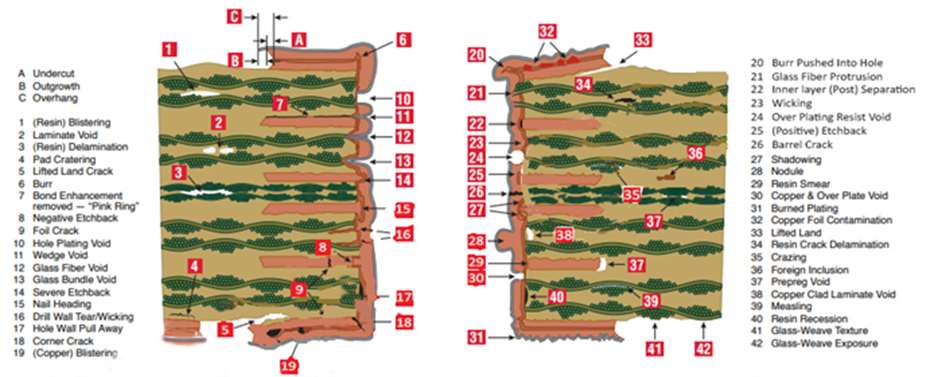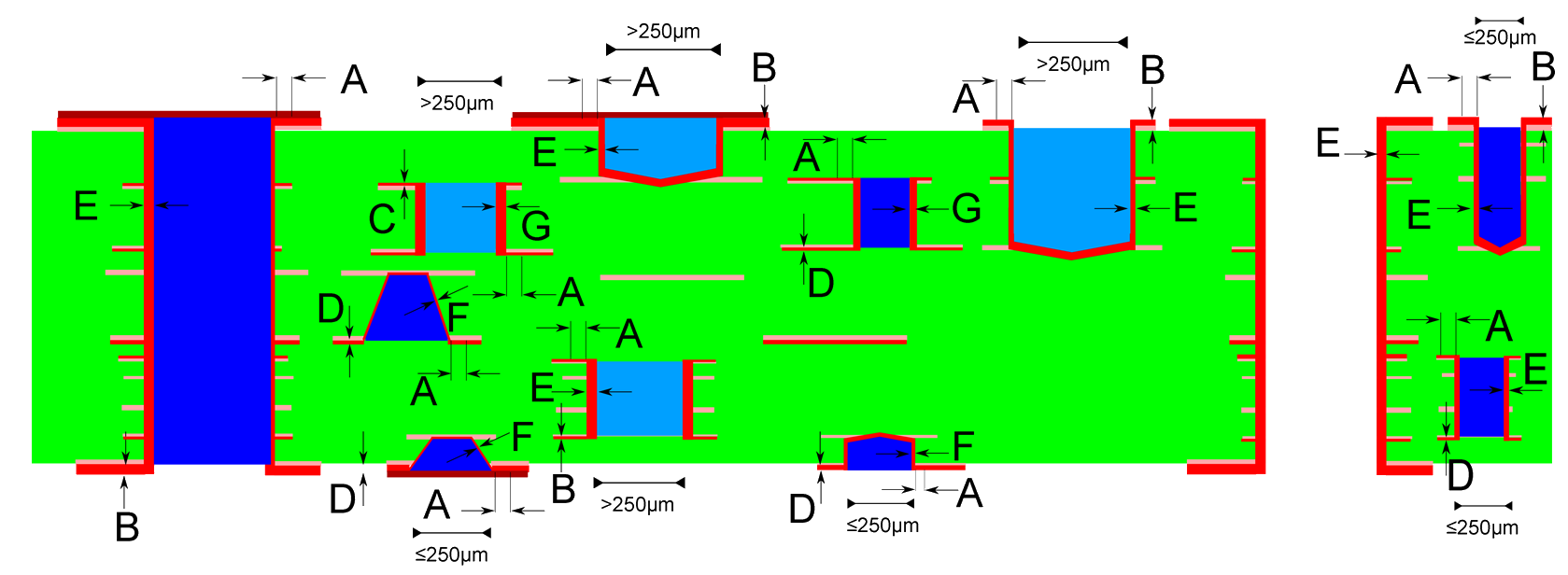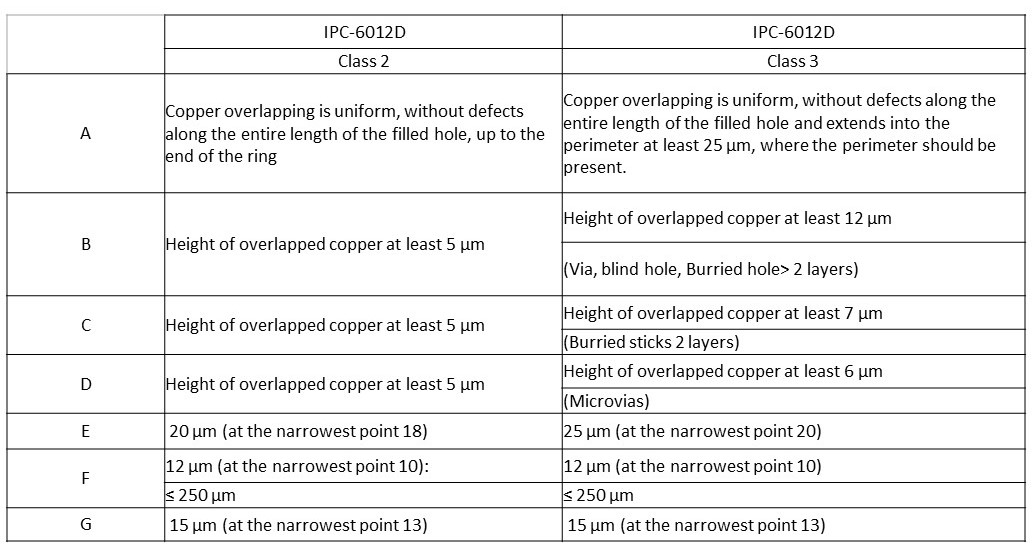IPC Class 3 practically
Certificate of Compliance and Micro-Cut Protocol
After thorough training of employees and studying the requirements of the above standards, our processes have been adapted to systematically provide and ensure that any rigid board manufactured in the third class standard will meet the criteria and prescribed specifications. In addition to these performed process settings, there has been an extensive change in proving the performed inspections. What is not measured and verified does not seem to be done. Compliance with the specifications must be documented to the customer. In this case, this is done using a document called "Certificate of Compliance", containing the results of measurements and visual evaluation of the printed circuit board, and using a Micro-Cut Protocol, providing the evaluation of qualitative and visual requirements associated with micro-cutting. Along with a coupon, both protocols are sent to the customer . The verification of the parameters of the printed circuit board by means of the so-called type test took place in cooperation with an external company.
The compliance of products with the requirements of class 3 is practically realized by means of statistical acceptance of the given production order according to the requirements of IPC-6012, or according to the customer's requirements. The acceptance and release criterion is 100% compliance of all checked and measured parameters on the coupon. The number of coupons varies depending on the number of blanks and the level of accepted quality value according to the principles for statistical acceptance. The more coupons and the stricter the accepted quality value, the more measurements are performed on more coupons.
Contents of the Control Coupon
Before the control measurement and visual evaluation, the inspected coupon is subjected to thermal loading according to the test method IPC-TM-650 - method 2.6.8. Subsequently, each side is evaluated separately.
The coupon for the micro-cut contains the following:
- joint width 200 µm,
- insulation gap 200 µm,
- each type of hole used on the board (fully metallised, blind, buried, microvia, filled, etc.), the size of the smallest used diameter from each type of the hole,
- metallised hole through a diameter of 1.00 mm,
- mask,
- circles for metallised holes of uniform size 200 microns.
The number of coupons is defined by the AQL value, which is proportional to the number of blanks produced.
Evaluation of the Micro-Cut
We visually evaluate all the following 42 factors on the micro-cut – when the nature and character of the product allow for it. The nomenclature is established in English and is taken from the IPC-A-600, as well as the acceptance criteria for each of the listed characteristics.

Class 3 compliant boards must be reliable in operation in all circumstances, and thus, the copper thickness is one of the main criteria that must unconditionally meet specifications. The figure with the table shows the minimum requirements that must be met:


Compliance with specifications for other characteristics is also a matter of course. We select some that stricter characteristics below, compared to class 2:
Distance between conductors:
For inner and outer layers (Conductor spacing), the reduction of the nominal distance between conductors is a maximum of 20% (30% for class 2).
Interruption (Electrical requirements):
No interruptions during electrical testing. Test value ≤ 10 Ω (class 2 ≤ 50 Ω).
Electrical requirements:
No short circuits during electrical testing. Test value ≥ 10 MΩ (class 2 ≥ 2 MΩ).
Copper plating voids:
Max. 80 μm etchback (class 2 max. 100 μm etchback).
Laminate quality:
Texture is visible (Wave exposure).
No visible texture (class 2 - allowed if the residual insulation gap between the conductors is not reduced below the specification minimum).
Deweting:
Deweting 3 - 5% (class 2 Deweting 2 - 5%).
Połącz się z naszymi fachowcami: